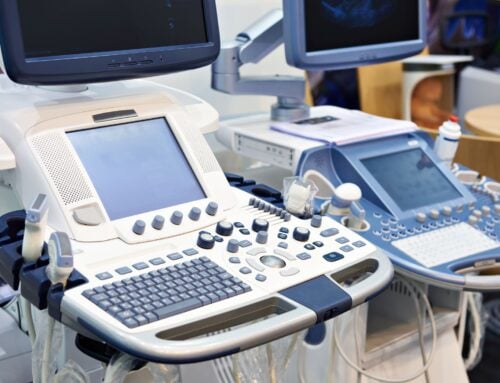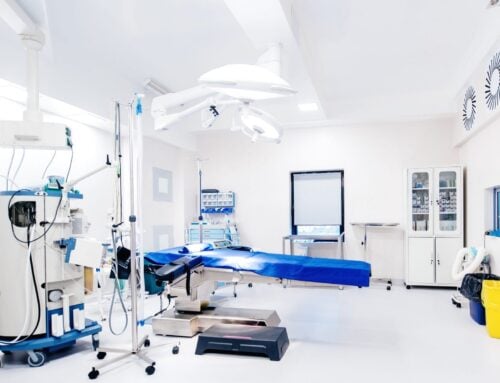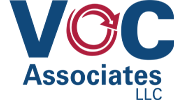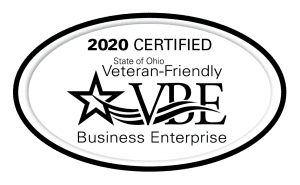When it comes to medicine, engineers apply some of the most advanced technology to advance human health. Creating a fully equipped facility requires specialists who have knowledge of local regulations and all the equipment being handled.
Medical equipment planning is about considering all factors involved in providing medical equipment, such as logistics, safety, workflow, and durability. Having someone manage the process helps to keep it efficient for both patients and medical staff.
Durability and Flexibility
There is always a lot going on behind the scenes in any hospital or medical facility. Some medical equipment must be housed within specially designed structures that can provide adequate structural support. They must be resistant to vibrations and radiation caused by the latest technology. Some medical equipment may necessitate specialty power, data connections, water hookups, and allowing extra space for equipment add-ons and ventilation.
Planners must also ensure that the building is properly equipped for the future, preparing for any adjustments or additions as needed. Structures can have adjustable facades that allow for the transport of large medical equipment. For example, you can attach an MRI machine to rails so that it transfers easily to different rooms as needed.
Logistics
From design through construction, planning is a must for handling new medical technology. Today, we have large robotic structures that can handle intricate surgeries. Proton beam therapy is one of the new forms of radiation treatment against cancer. Hybrid operating rooms contain large image guidance machines. These machines help ease the process for surgeons.
Planners use dedicated programs for design and are careful to plan enough space for all of the large machines. They also collaborate with architects, engineers, end users, and vendors to make the work seamless and figure out what equipment needs to be purchased and where it should go.

Interconnected Systems
A speedy recovery requires a stable environment that promotes patients’ well-being. Today’s medical facilities have interconnected systems, from ventilation to alarms and lighting.
All these synchronize to ensure efficiency. Infectious environments should be kept in controlled spaces. Some instruments need precise temperatures to function at their peak. Similarly, some medicines need to be stored at precise temperatures to ensure effectiveness.
Power control can be useful to help distribute voltage to equipment when they need it the most. Aside from these, backup systems ensure that patients remain safe whether they are actively in treatment or resting.
Inventory Management
Planners are responsible for creating a database that details all existing and new equipment with its specifications, inventory IDs, and biomedical tags. All parties will have access to this database. Current assets will be listed as well as future deliverables, and maintenance plans may also be present to help manage these items.
From Design To Construction And Commission
In the early phases of planning, designs must fit with the intended space. The inclusion of all the requirements and the relationships is incorporated in the design. Planners also account for the budget, schedule, and date of occupancy to create an unabated flow.
Following the initial design, materials, colors, and other equipment are all developed. Planners outsource some items while in-house experts guide other decisions. All these events happen while consultations and adjustments occur for construction. The creation of prototypes and mock-ups may be necessary to give better feedback.
During construction, planners ensure that everything is within budget, as well as overseeing the full implementation of the design.
A risk analysis will ensure that there are contingencies if an unplanned event occurs that may negatively impact the process. Potential losses, changes in regulations, and legal issues are all taken into account.
After the completion of all construction, integrity testing occurs for all equipment. Planners give all manuals, certificates, and warranties to the facility owners. A complete report is also included for transparency.
Medical equipment planning is a complete and comprehensive process. It helps facilities from the design phase to occupancy. It is vital to have planners that know the process and all the technicalities to ensure that you have everything taken care of. Let our team of experts do the heavy lifting while your staff focuses on patient care and staff activities.
VOC Associates Can Help You
Medical equipment planning can involve a lot of parts and pieces that can easily get lost of in the process. VOC Associates has the experience of setting up medical equipment for facilities large and small. Visit our website or call (216) 859-1401 today!







